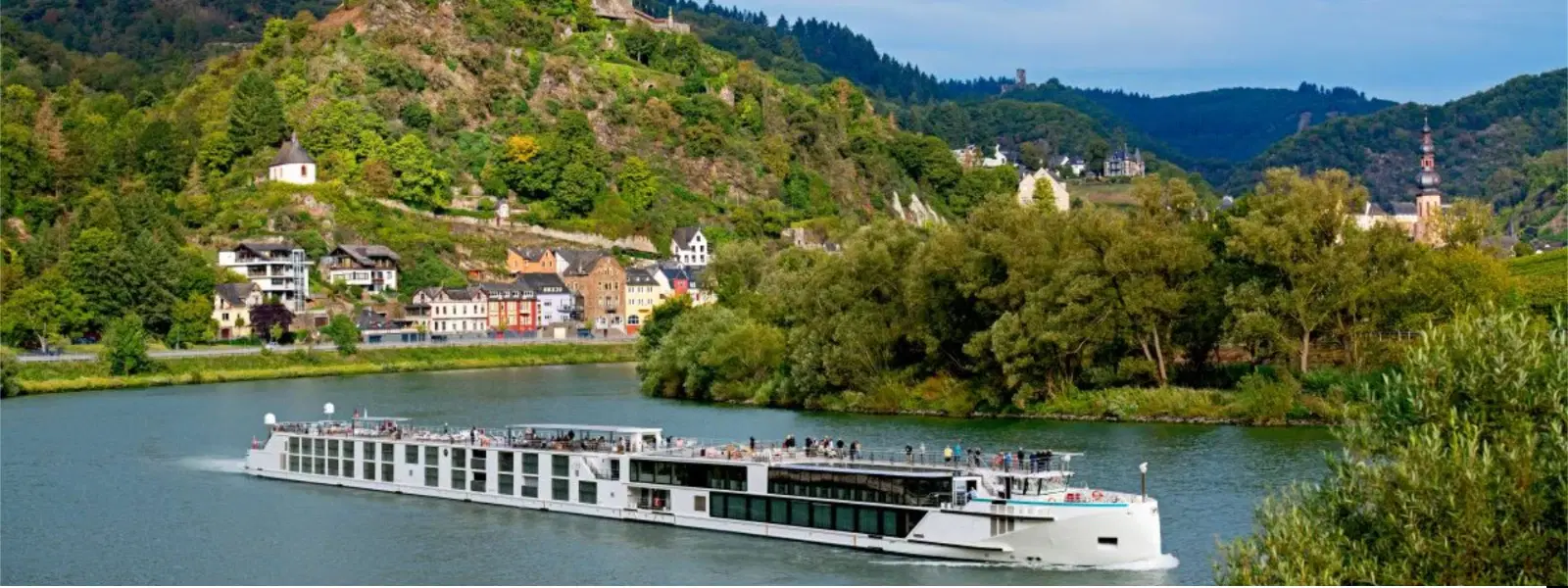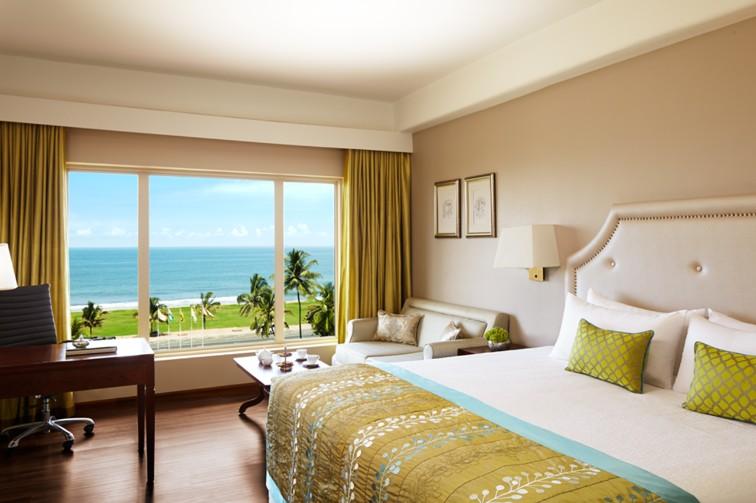
Hotels
•03 min read

Robinson Crusoe Island beckons the adventurous spirit with its blend of mystery and natural beauty. Named after the legendary castaway from Daniel Defoe’s classic novel, this remote island in Chile’s Juan Fernández Archipelago captures the imagination of travelers worldwide. In this post, we answer frequently asked questions about Robinson Crusoe Island, providing valuable insights into its history, attractions, travel logistics, accommodations, and adventure activities to help you plan your visit with confidence.
Located in the South Pacific Ocean, Robinson Crusoe Island is part of Chile’s Juan Fernández Archipelago. Its breathtaking isolation adds an aura of mystery for travelers seeking serene, off-the-beaten-path adventures. Often referenced as a prime example of an untouched wilderness, its remote setting makes any visit feel like entering a different world. For those searching for the perfect getaway, exploring the robinson crusoe island location is part of the allure.
Steeped in maritime lore, the island’s history is inseparable from the tale of Alexander Selkirk, a marooned sailor whose survival tale partly inspired Defoe’s Robinson Crusoe. Historical accounts suggest Selkirk’s experiences on the island influenced the creation of Defoe’s iconic novel. Over the centuries, the island has not only been renamed but has also played a subtle yet significant role in maritime navigation and exploration. Historical insights into the robinson crusoe island history enrich any visit, offering a glimpse into past expeditions and seafaring legends.
This island is home to a unique ecosystem that has earned its designation as a UNESCO Biosphere Reserve. With an array of endemic flora and fauna, Robinson Crusoe Island boasts fascinating natural wonders. From its unusual plant life to rare bird species, the robinson crusoe island facts inspire both nature lovers and history buffs alike.
Traveling to this remote paradise begins with a flight from Santiago, Chile, followed by a scenic boat transfer to the main settlement of San Juan Bautista. While the journey demands a spirit of adventure, the experience is rewarding. Travelers from India, whether The Wanderer or The Planner, will find that even remote journeys can be managed with a blend of preparation and discovery. Remember to check local advice, as navigating robinson crusoe island travel routes requires a blend of courage and careful planning.

Despite its remote setting, the island offers a variety of accommodation options ranging from eco-lodges to cozy guesthouses. Given the limited availability, booking in advance is essential. Whether you are a budget-conscious Wanderer or a luxury seeker looking for an intimate setting, you can enjoy comfortable stays that echo the island’s quiet charm. Detailed reviews about robinson crusoe island hotels suggest that even the simplest lodgings feel like a gateway to nature.
The island’s weather can be as dramatic as its history. Mild, unpredictable weather makes planning essential. The best time to visit is usually during the months when the climate is most comforting and the activities most abundant, allowing you to fully engage with the island’s rugged beauty. For Indian travelers, packing a mix of light layers and essential gear ensures you are prepared for any weather twists during your journey.
Explore breathtaking lookout points like Alejandro Selkirk’s, wander along scenic hiking trails, and visit historical sites that pay homage to legendary mariners. Each corner of the island tells a story, inviting visitors to capture nature’s raw charm and historical significance. Highlights such as these solidify your appreciation for robinson crusoe island attractions that seamlessly blend adventure with history.
The island is a haven for wildlife, hosting unique species including the famed Juan Fernández Firecrown hummingbird and playful fur seals. Ongoing conservation programs are key to preserving its rare biodiversity. Appreciating the island’s natural charm is enhanced when you learn about the dedicated efforts to protect its robinson crusoe island wildlife.
Did you know? Robinson Crusoe Island is home to species found nowhere else on Earth, such as the critically endangered Juan Fernández Firecrown hummingbird. Conservation efforts are vital to preserving this biodiversity.

The island caters to the adventurous traveler with a variety of activities. Hike along rugged trails, scuba dive in inviting waters, or simply enjoy the untouched wilderness that envelopes the island. Whether you are looking to exercise your body or soothe your mind, experiences categorized under robinson crusoe island adventure promise to create lasting memories.
Robinson Crusoe Island, part of the Juan Fernández Archipelago in Chile, is believed to be the inspiration for the fictional setting in Daniel Defoe’s novel.
Yes, travelers can visit Robinson Crusoe Island by flying from Santiago, Chile, and taking a boat to San Juan Bautista.
While the island has a small population of residents, living there long-term would require careful planning and adherence to local regulations.
Robinson Crusoe Island is a captivating destination that intertwines history, natural wonder, and adventure. Its rich tapestry of historical legacy, unique wildlife, and rugged landscapes offers an unforgettable experience for every type of traveler—from the curious wanderer seeking offbeat destinations to the meticulous planner in search of hidden gems. Delve deeper into its enchanting stories and plan your journey to embrace both history and adventure in one of the world’s most isolated paradises.